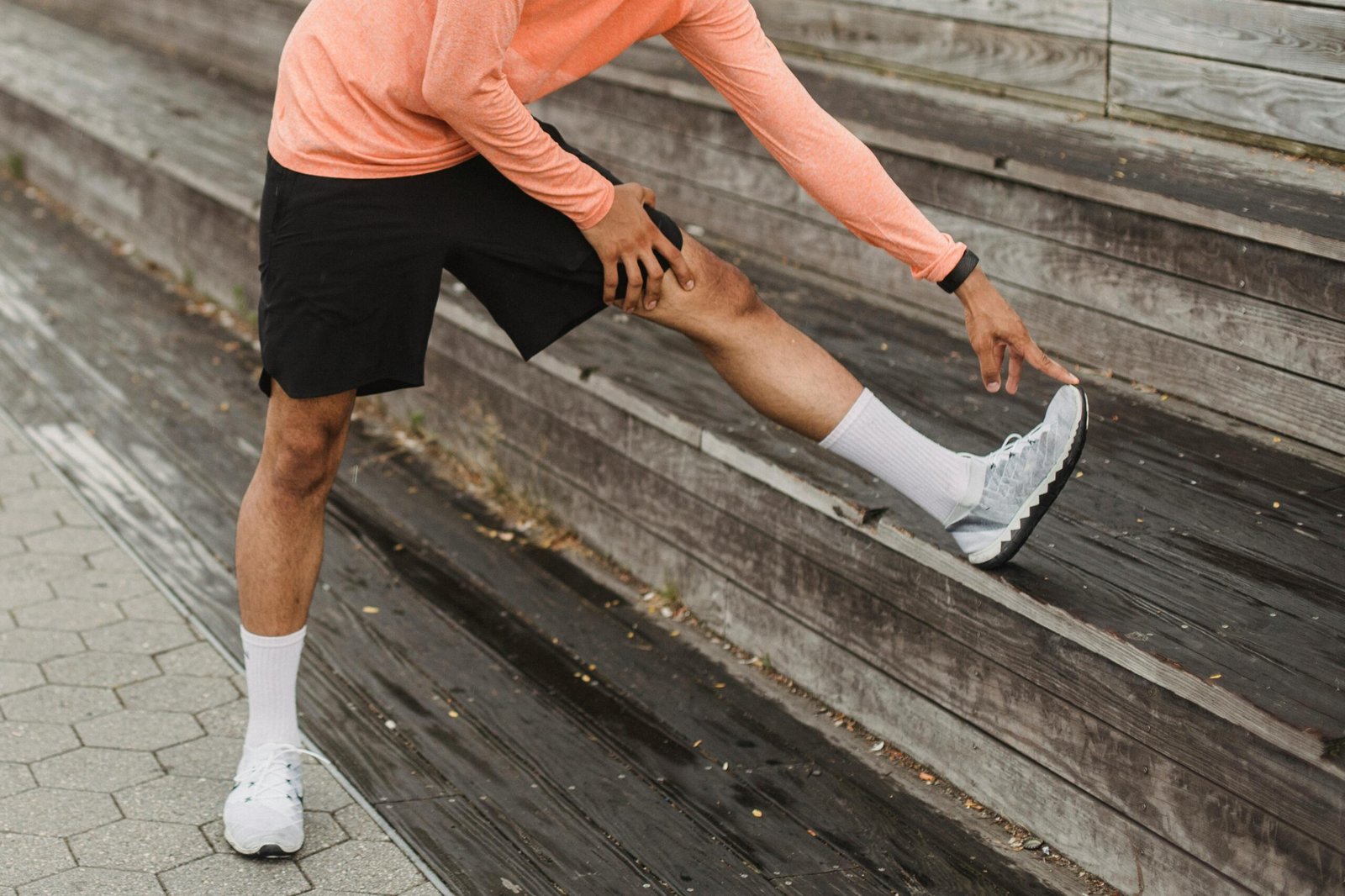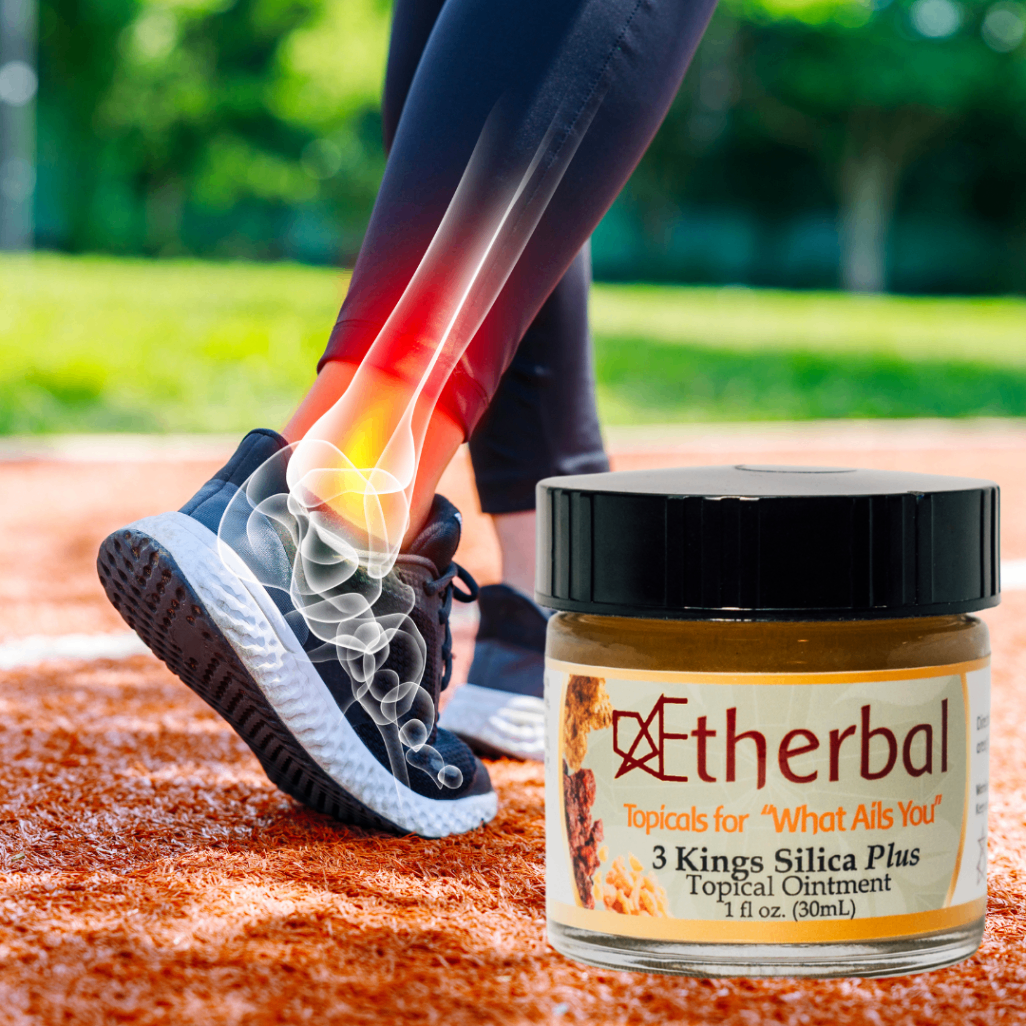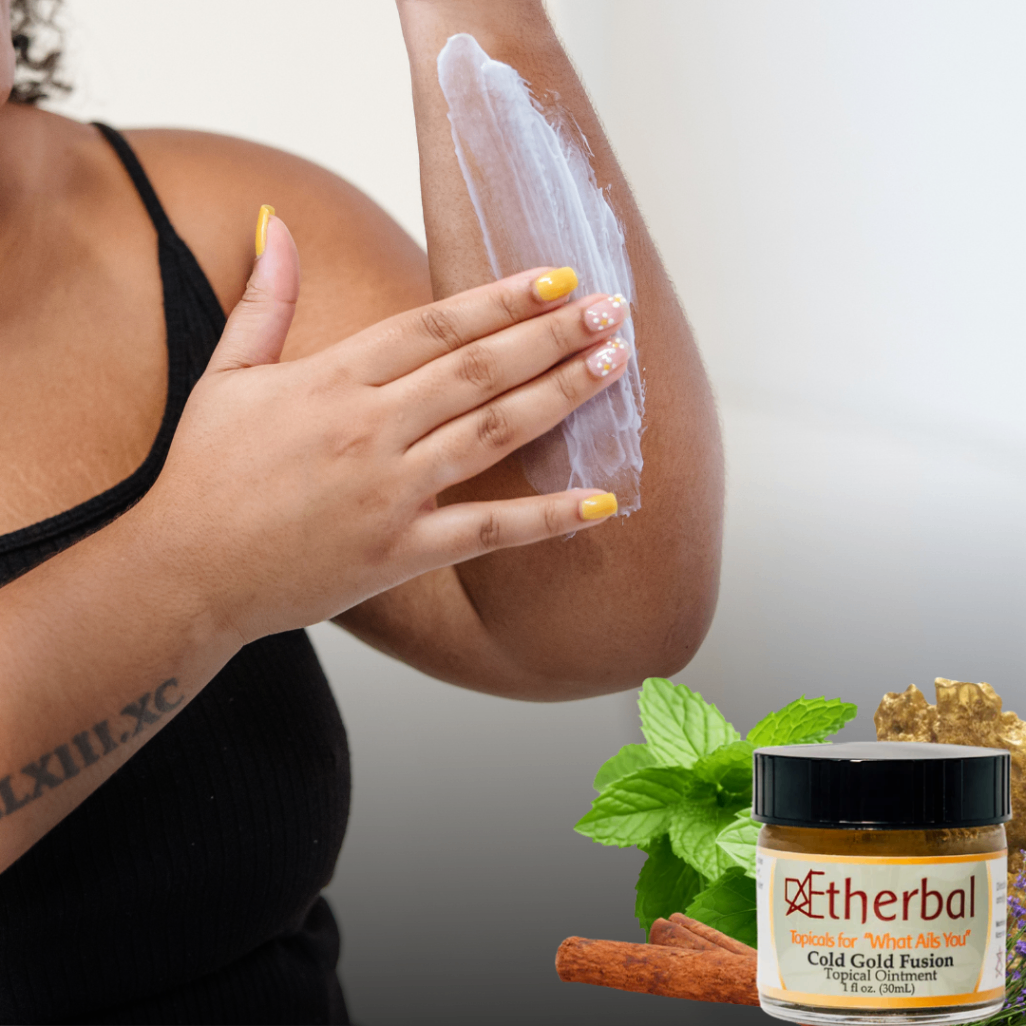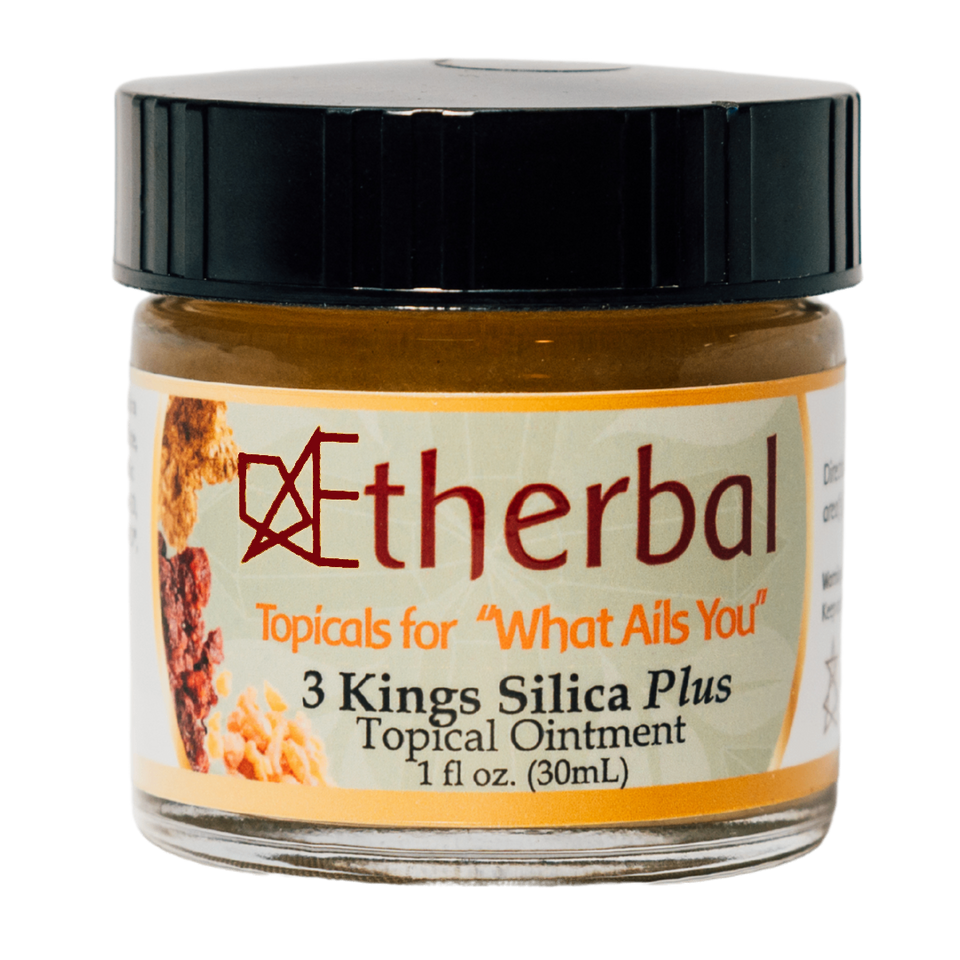Whether you're crushing PRs at the gym, training for your next marathon, or just trying to stay active, muscle recovery isn't optional: it's essential. Think of recovery as the secret sauce that turns your hard work into actual results. Without proper recovery, you're basically spinning your wheels, and nobody has time for that.
Let's break down everything you need to know about muscle recovery, from the science behind it to practical strategies that actually work (no fancy equipment required).
Why Your Muscles Need Recovery Time
Here's the deal: when you exercise, you're essentially creating controlled damage to your muscle fibers. Sounds scary, but it's totally normal and necessary. This microscopic damage triggers inflammation and starts a repair process that makes your muscles stronger and more resilient.
But here's where many people mess up: they think more training equals better results. Wrong. Your muscles actually grow and strengthen during recovery, not during the workout itself. Skip recovery, and you're missing out on all the gains you worked so hard for.
Different types of training need different recovery approaches. Strength training? Your muscles need at least 48 hours to bounce back properly. Endurance activities? You'll be dealing with depleted energy stores and need to focus on replenishing what you've used up.

The Recovery Techniques That Actually Work
Massage Therapy: The Recovery MVP
Research consistently shows that massage is the most powerful recovery tool available. It doesn't matter if you're a weekend warrior or elite athlete: massage significantly reduces muscle soreness and fatigue. The magic happens through improved circulation, which delivers oxygen and nutrients to sore areas while helping flush out metabolic waste.
You don't need a professional massage therapist every time (though that would be nice). Self-massage with a foam roller or even your hands can make a real difference.
Active vs. Passive Recovery
Active recovery means doing light, low-impact activities after tough workouts. Think easy walking, gentle yoga, or leisurely cycling. The goal is to keep blood flowing without adding stress. This approach helps flush out metabolic waste and reduces stiffness.
Passive recovery is exactly what it sounds like: complete rest. Sometimes your body just needs to chill, and that's perfectly okay. Ice baths, compression therapy, and good old-fashioned sleep fall into this category.
Compression Gear: Not Just Fashion
Those compression sleeves and garments aren't just for show. They create gentle pressure that improves circulation and reduces inflammation. The effect isn't as dramatic as massage, but it's still beneficial, especially when combined with other recovery methods.
Natural Pain Relief and Topical Solutions
This is where things get interesting for natural health enthusiasts. Your skin is your body's largest organ, and it's incredibly effective at absorbing therapeutic compounds when you choose the right products.

The Power of Herbal Muscle Balms
Natural topical pain relief has been used for thousands of years, and modern science is catching up to what traditional healers always knew. Quality herbal muscle balms combine anti-inflammatory botanicals with penetrating agents that deliver relief directly where you need it.
Look for athlete muscle recovery creams that contain proven ingredients like:
- Arnica for reducing inflammation and bruising
- Menthol for immediate cooling relief
- Essential oils like eucalyptus or peppermint for improved circulation
- Natural anti-inflammatories like turmeric or frankincense
The beauty of topical pain relief is that you can target specific areas without affecting your entire system. Got a tight shoulder from yesterday's workout? Apply your herbal muscle balm directly there.
Nutrition: Fuel for Recovery
What you eat after exercise is just as important as what you eat before. Your body is basically screaming for specific nutrients to kickstart the repair process.
The Recovery Nutrition Trifecta
-
Protein: This rebuilds damaged muscle tissue. Aim for 20-30 grams within 2 hours of your workout.
-
Carbohydrates: These replenish your energy stores. Focus on complex carbs like sweet potatoes, quinoa, or oats.
-
Healthy fats: These fight inflammation and support hormone production. Think avocados, nuts, and fatty fish.
Hydration: The Overlooked Game-Changer
Dehydration slows down every recovery process in your body. You lose fluids and electrolytes during exercise, and replacing them isn't optional. Plain water works for shorter workouts, but longer or more intense sessions might need electrolyte replacement.

Sleep: Your Secret Weapon
Here's a truth bomb: you cannot out-supplement, out-massage, or out-stretch poor sleep habits. Sleep is when your body does most of its repair work. Growth hormone peaks during deep sleep, muscle protein synthesis ramps up, and your immune system gets to work.
Adults need 7-9 hours of quality sleep for optimal recovery. Notice I said quality, not just quantity. Create a sleep environment that supports deep rest: cool, dark, and quiet.
Creating Your Personal Recovery Protocol
The best recovery plan is the one you'll actually follow. Start with these non-negotiable basics:
Immediately Post-Workout (0-30 minutes)
- Light stretching or walking
- Hydrate with water or an electrolyte drink
- Apply natural pain relief cream to any sore areas
Within 2 Hours
- Eat a balanced meal with protein and carbs
- Take a shower (alternate hot and cold if you're feeling adventurous)
- Continue gentle movement
That Evening
- More thorough stretching or foam rolling
- Apply your herbal muscle balm before bed
- Wind down for quality sleep
Next Day
- Assess how you feel
- If sore, consider active recovery instead of intense training
- Keep applying topical pain relief as needed
Listen to Your Body (It's Smarter Than You Think)
Your body gives you constant feedback about recovery needs. Persistent soreness, declining performance, poor sleep, or increased injury susceptibility all signal that you need more recovery time.
Don't ignore these signals. Pushing through when your body needs rest isn't tough: it's counterproductive. Elite athletes know that recovery days are earning days, not off days.
The bottom line? Recovery isn't something that happens to you while you're not training. It's an active process that requires attention, planning, and the right tools. Whether that's a quality athlete muscle recovery cream, proper nutrition, or simply getting enough sleep, every piece of your recovery puzzle matters.
Start with one or two strategies that resonate with you, then build from there. Your future self (and your muscles) will thank you for taking recovery seriously. Remember, the strongest athletes aren't just the ones who train the hardest( they're the ones who recover the smartest.)





